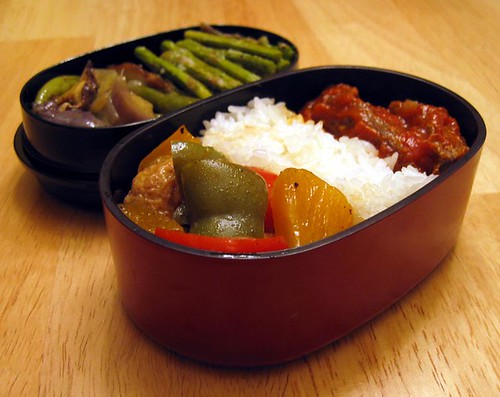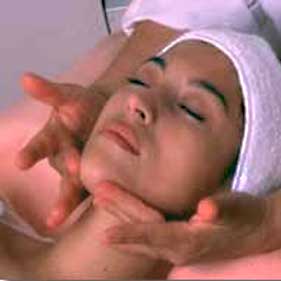
Summertime, and the living is easy -- that is, until you notice the havoc all that fun in the sun has wrought on your body. Fortunately, summer also brings an abundance of tasty and nutritious foods, including berries (loaded with antioxidants), tomatoes, sweet bell peppers (good vitamin C source), and protein-filled grilled fish and burgers. And by simply choosing the right ones to add to your daily diet, you can help prevent or alleviate the following common hot-weather woes:
Dry or Damaged Skin
What causes it: You sweat more in the summer, so skin is less supple; plus, saltwater and chlorine have a drying effect. Sunburns and bug bites are also saboteurs of healthy skin.
What to eat: Help heal weathered skin with foods like raspberries, blueberries, and strawberries, which are rich in antioxidants and vitamin C. Protein, in the form of lean meats, beans, nuts, and seeds, is also key. Keep dryness at bay by drinking lots of water, which Lona Sandon, RD, calls "the forgotten nutrient." Sandon is a spokeswoman for the American Dietetic Association. She recommends that women drink 92 ounces (8-10 cups) of water in the summer and men 125 ounces to prevent dehydration. Since calcium can also be lost through sweating, it's a good idea to replace it by eating low-fat dairy products like skim milk, yogurt, and cottage cheese.
Yeast Infections
What causes them: Sitting around in a wet bathing suit provides a perfect environment for yeast overgrowth.
What to eat: To make conditions less hospitable for yeast to take hold in the first place, cut back on sugary foods, advises Leanne Ely, CNC, author of Saving Dinner: The Menus, Recipes, and Shopping Lists to Bring Your Family Back to the Table.
Parched Hair
What causes it: Overexposure to sun, saltwater, and chlorine.
What to eat: Toss some burgers or shrimp kabobs on the grill, or make a three-bean salad or other protein-rich meal because hair consists of protein fibers called keratin. Eating foods rich in vitamin B-5 (found in yogurt and California avocadoes), vitamin B-8 (in liver and cooked eggs), folic acid (in fortified cereals and beans), calcium (in milk and yogurt), and zinc (in meat and fish) can reduce hair loss and replace dull hair with shiny hair. Theses nutrients also play a role in maintaining healthy skin.
Muscle Cramps
What causes them Too many games of beach volleyball (or other outdoor exercise). Muscle cramps result from overexertion and dehydration. When you don't have enough fluid in your system, it leads to an electrolyte imbalance that causes your muscles to cramp up. Sodium, calcium, and potassium are the main electrolytes lost through sweating during exercise.
What to eat: Replenish electrolytes with a sports drink that contains them and drink water. Potassium-rich foods include bananas, raisins, potatoes, and spinach.
Eye Damage
What causes it: Age-related macular degeneration is the most common cause of vision loss and blindness in people over the age of 55. This occurs when the central part of the retina (macula) becomes damaged.
What to eat: The retina is actually made up of vitamin A, Ely tells WebMD. Thus, foods rich in this vitamin -- along with beta-carotene, zinc, and Vitamins C and E -- are beneficial to the eyes. Good sources are dark green vegetables like kale, chard, and mustard greens, plus bell peppers, carrots, and blueberries. Eat eggs for their high dose of lutein, an important antioxidant that also helps prevent eye damage.
Cold Sores
What causes them: Sun exposure can trigger cold sores in people who are prone to them.
What to eat: The amino acid L-lysine has been shown in some small studies to help, but larger studies are needed to confirm these findings. Sandon says a deficiency in B vitamins and riboflavin can make you usceptible to cold sores. She recommends eating fortified cereals and bread or taking a B-complex vitamin.











